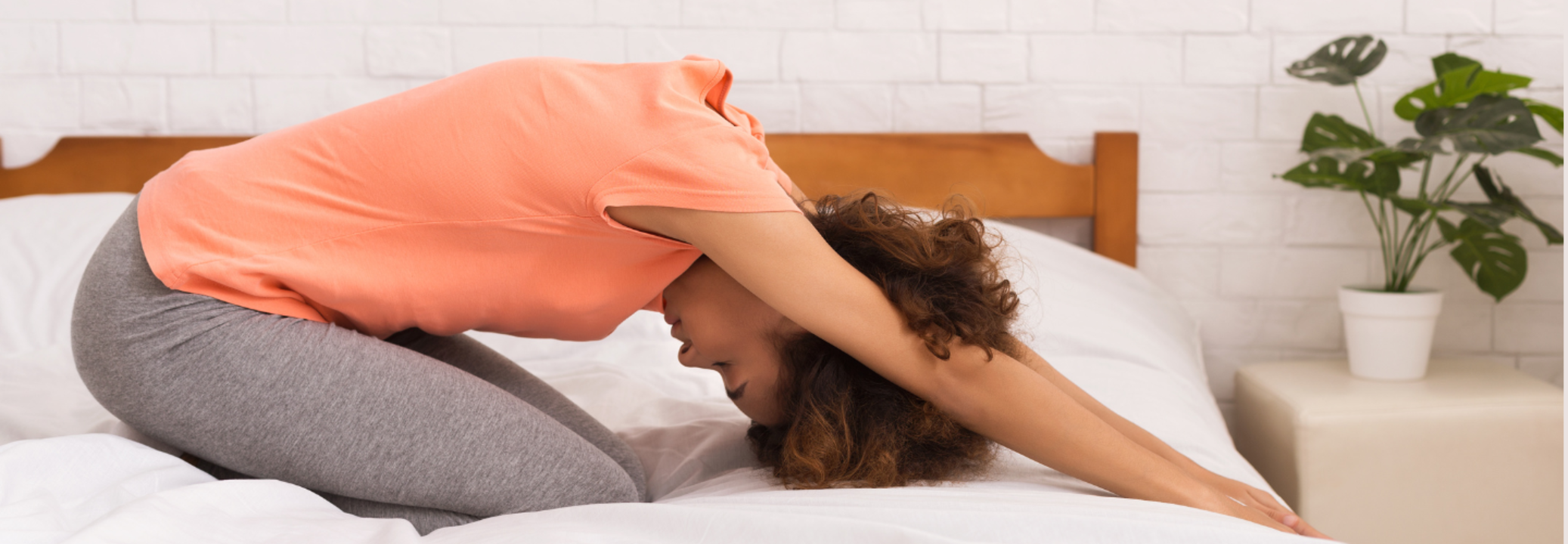5-Minute Gentle Exercises To Unwind Before Bed

Image Credit: Canva
SummaryGentle workouts before bed reduce stress, promote relaxation, and improve sleep quality. Avoid screens, create a calming routine, and maintain a consistent bedtime for a more peaceful sleep experience.
End of Article
